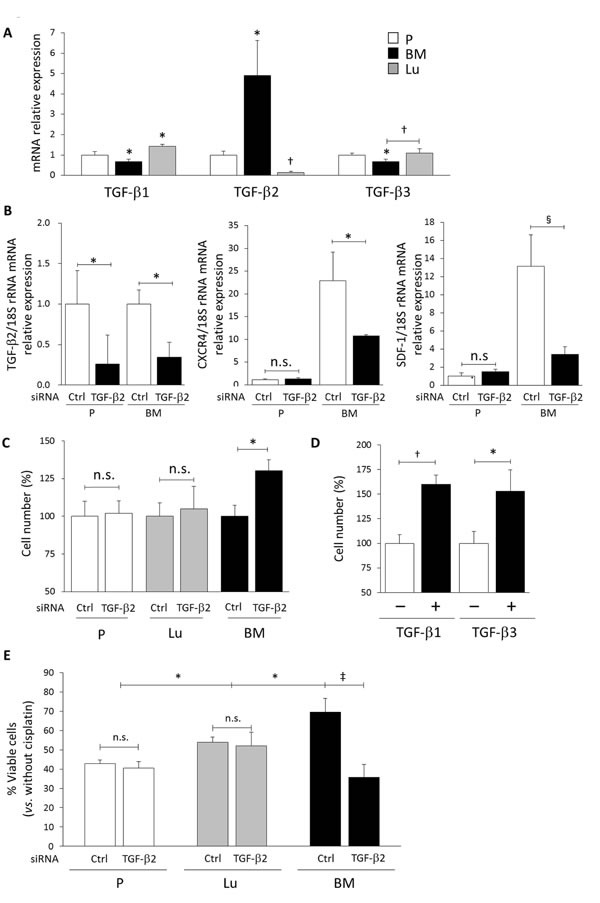Figure 4. The SDF-1-CXCR4-dependent slow-cycling state and drug resistance in BM-DTCs requires TGF-β2.

(A) mRNA expression of TGF-β1, TGF-β2, and TGF-β3 in P-HEp3 (P), Lu-HEp3 (Lu), and BM-HEp3 (BM) cells was determined via qRT-PCR. *P < .05, †P < .01 compared with P-HEp3 cells unless otherwise indicated. (B) Expression of TGF-β2 (left), CXCR4 (middle), and SDF-1 (right) mRNA in P-HEp3 and BM-HEp3 cells was measured by means of qRT-PCR 48 hours after TGF-β2 siRNA transfection. *P < .05, §P < .005. n.s., not significant. (C) The numbers of P-HEp3, Lu-HEp3, and BM-HEp3 cells were determined 48 hours after transfection with control or TGF-β2 siRNA. *P < .05. (D) BM-HEp3 cells were treated with TGF-β1 (5 ng/ml) or TGF-β3 (5 ng/ml) for 48 hours, and then cell numbers were counted. *P < .05,†P < .01. (E) Cisplatin (5 μg/ml) was added to P-HEp3, Lu-HEp3, and BM-HEp3 cells at 48 hours after control or TGF-β2 siRNA transfection, followed by incubation for 48 hours in serum-free conditions. Cell numbers were then counted. Results are expressed as a percentage relative to cells without cisplatin in each experimental group. *P < .05, ‡P < .001. Values are means ± SEM of triplicate samples.
